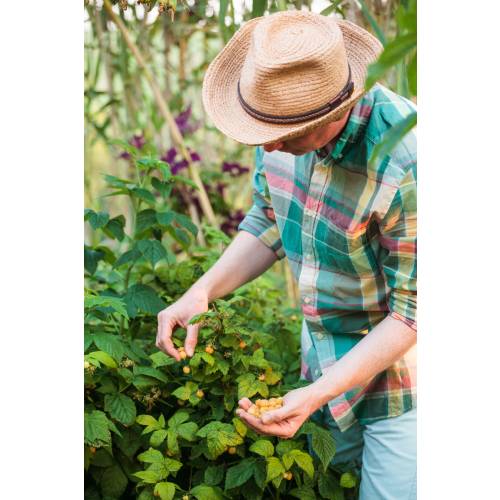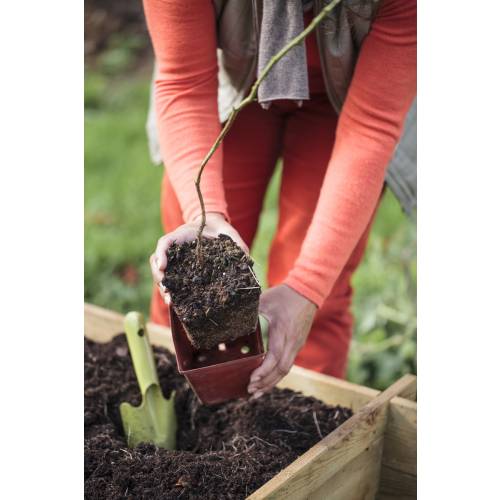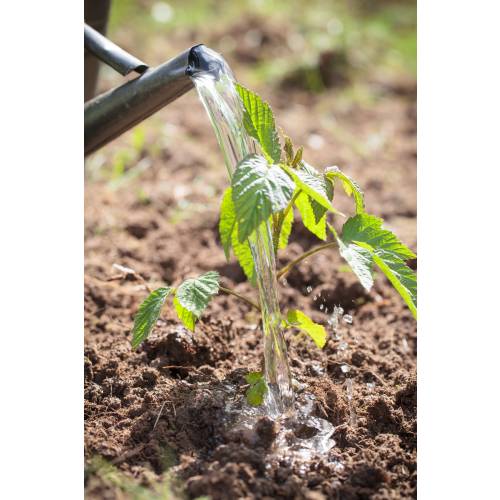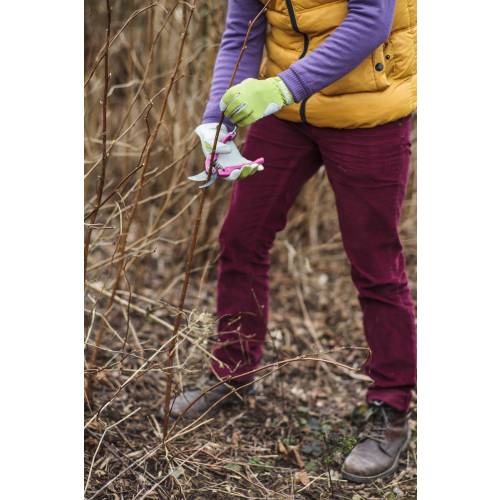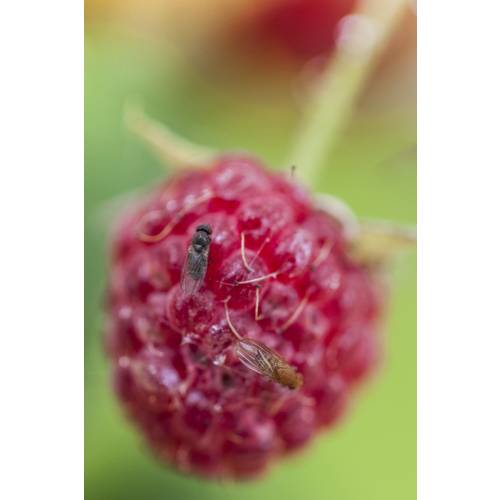
Cure
Look after Raspberry bushes
- Details
-
Well pruned, these small fruiting trees do not take up too much space and produce a few nibbles for the entire family, for several months during the year. So do not go without them!
A good nature
The Raspberry bush thrives in nearly all situations, preferably not in a too hot spot, in light soil, rather acid. Chalky and heavy, compact soils are not suitable unless enriched with potting compost before planting. The Raspberry bush even thrives in poor or stony soils and it produces even in the shade which is very rare for fruiting plants.
Good to know: a single variety is sufficient in order to get fruits as the Raspberry bush does not need fertilising from a different variety.
Planting: very simple
Plant the Raspberry Bush in situ preferably in humid and warm weather conditions, from October to March. It can be planted all year round but it needs watering in dry weather. Loosen the soil in depth, enrich with humus (planting compost, mature compost etc.). Bury the roots 3 cm deep. The canes will start producing sometimes as soon as the first year but generally you must wait 2 to 3 years before getting good harvests.
Winter pruning
You must prune your Raspberry bushes in winter if you want to keep them in good health and carry on harvesting beautiful raspberries. They either produce fruits once a year (non-repeating raspberry bushes) or twice a year (repeating Raspberry bushes).
Non-repeating
They are easy to look after. You simply need to cut right back the stems which have produced fruits, and the other stems by half.
Repeating
In the Raspberry’s variety which produces fruits twice a year, the art of pruning lies in the recognition of the canes, between the ones which have produced fruits in the spring and which need cutting right back and the ones which have produced very little in the autumn which need cutting by half. In doubt, it is better to only cut them all by half and wait for the appearance of leaves. In winter, you can also plant Raspberry Bushes. The young plants are planted in a deep trench (a spade deep) which has been previously enriched with horse manure.
Beware, invasive!
In light, moist soils, the Raspberry bushes can produce a lot of suckers and invade their surrounding area. In the smaller gardens, it is best to limit this habit by placing an anti-suckers’ felt as you do for Bamboos.
The diseases
Raspberry bushes have very few enemies but they can become a nuisance. Identify them so as to prevent them and fight them.
The Raspberry worm: It rarely causes big problems. Destroy the affected fruits to limit the infestation.
Bugs: They bite the fruits and give them an unpleasant taste. Spray some sulphur at the stems’ base to dissuade them from going up along the stems, or drive them out with a water jet, before the harvest.
The spotted wing drosophila 'Suzukii': it is a very small fly why lays its eggs in the fruits, on canes, at the end of summer. Harvest your raspberries as and when ripe. In case of strong attack, place an anti-insect’s net over the bushes, wrapping them in it entirely. - Photos (6)

